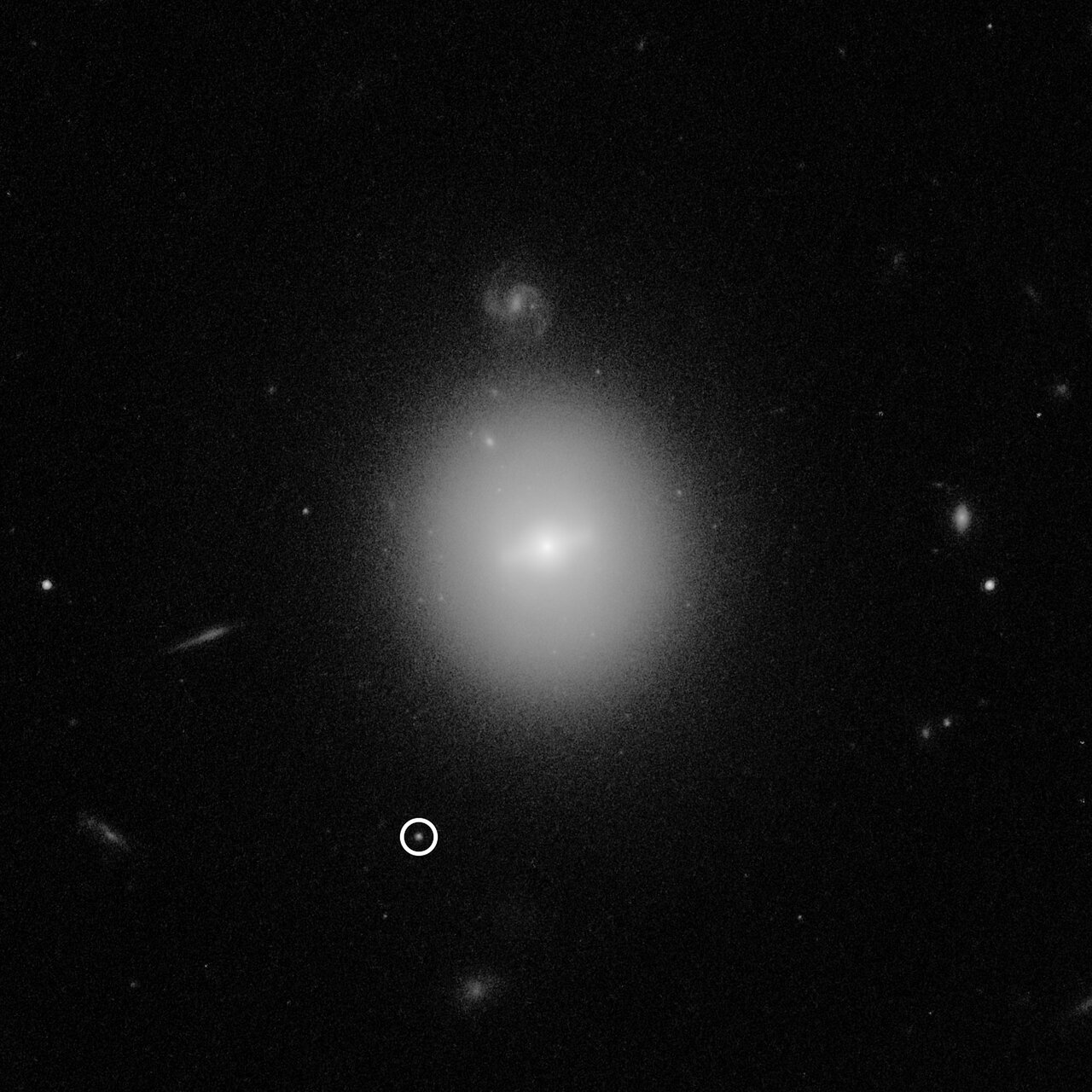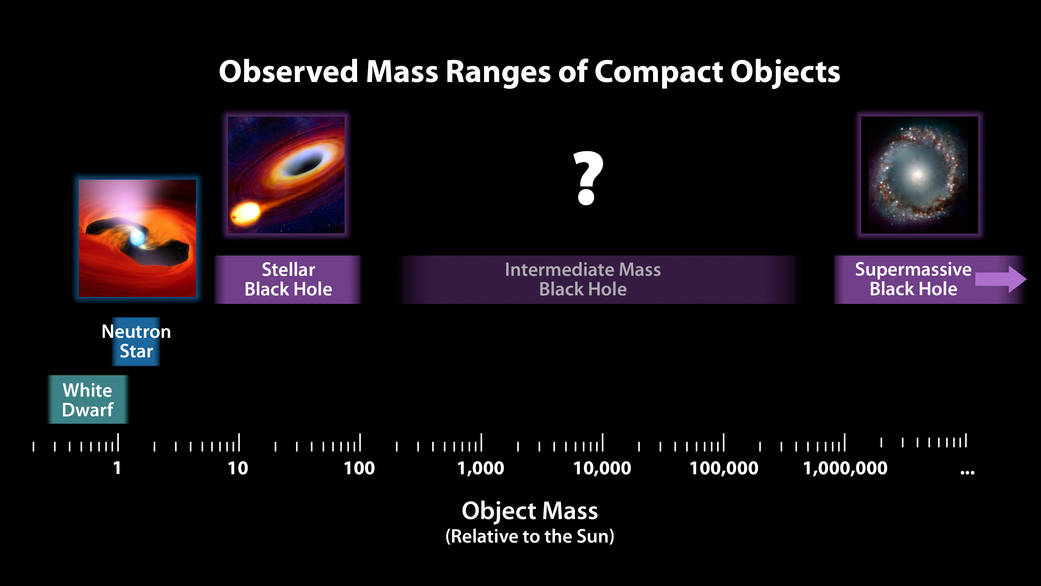Mid-sized Black Holes are not Boring!

Scientists finally spotted the strongest evidence of a Mid-sized Black Hole far beyond our Galaxy.
What are they?
A lot fewer research papers are published for the Mid-sized Black Holes as compared to those for the study of stellar Black Holes or the supermassive Black Holes. The recent results published on March 31, 2020, in The Astrophysical Journal Letters looks like the most promising evidence of such Black Holes as of now. The so-called Intermediate-mass Black Holes (IMBHs) are with the mass in the range 102 to 105 solar masses, significantly more than stellar black holes but insignificant in comparison to about 105 to 109 solar masses heavy supermassive Black Holes.
Why always “middle-ish” things ought to be boring? However, it is not in the case of Black Holes, at least from now :). They are often sought out as the “missing link” in the theory of Black Hole evolution; In fact, there are many theories that idealize their formation. Some prominent ones are:
- Runaway collisions in stellar clusters.
- During the merger of stellar Black Holes.
- Formed as primordial Black Holes after the Big-Bang.
Why so difficult to spot?
This object isn’t the first to be considered a likely candidate for an intermediate-mass black hole. It often bugs me when I think quite a lot of is missing between these two extremities.
Since they don’t have as strong a gravitational pull to draw stars and other cosmic material which would produce telltale X-ray glows and are smaller and less active than supermassive black holes; IMBHs are particularly difficult to find. It is easier to detect the stellar ones since they exist in large numbers (as far as we know) in our vicinity, so we can observe their effects they cause on their surroundings. As our algorithms and detectors keep on improving, I hope we detect a lot of them using their Gravitational Waves; till now we don’t have any detection of such Black Holes through LIGO/VIRGO.
The power of NASA’s Chandra X-ray Observatory and ESA’s X-ray Multi-Mirror Mission along with the keen vision of Hubble Space Telescope helped Scientists to nail down this preparator of a cosmic homicide. The archives of these X-ray observatories were searched and matched with the HST image to suffice as evidence of this Mid-sized Black Hole.

The Hubble image for the identified IMBH (Credits: NASA, ESA and D. Lin (University of New Hampshire))
This Hubble image identified the location of an intermediate-mass black hole and the X-ray glow from the shredded star allowed astronomers to estimate its mass. The black hole, named 3XMM J215022.4−055108 is indicated by the white circle. The elusive type of black hole was first identified in a burst of X-rays emitted by hot gas from a star as it was captured and destroyed by the black hole. Hubble’s deep, high-resolution imaging shows that the black hole resides inside a dense cluster of stars that is far beyond our Milky Way galaxy. The star cluster is near to the Galaxy visible in the center of the image.
In the future…
The study of Mid-sized Black Holes will improve our understanding of the formation of Super-massive blackholes and, of course, IMBHs itself. After these findings, we move one step towards postulating the fact that globular clusters may favor the formation of IMBHs.

Mass Chart for Dead Stars and Black Holes (Credits: NASA/JPL-Caltech)
So stay tuned, because over the next few years, we may be able to find to a strong theory for their evolution and existence, or who knows completely rule out the possibility that they even can exist!
References
 Never miss a story from us, subscribe to our newsletter
Never miss a story from us, subscribe to our newsletter